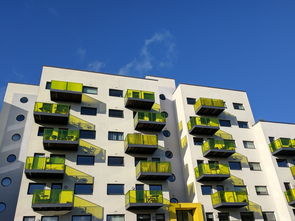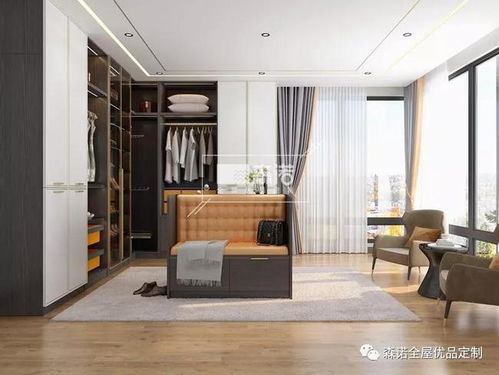The Timeless Echoes of Chinese Architecture: A Masterpiece in Modernity
In the realm of architectural wonders, China stands tall with a rich tapestry of historical legacy that extends far beyond its borders. As a renowned contemporary architect, I have had the privilege to delve into the heart of this ancient yet vibrant culture, translating its timeless wisdom into modern designs that resonate globally. This essay delves into the essence of Chinese architecture, its enduring influence, and how it continues to shape our understanding of space and aesthetics.
China's architectural landscape is a symphony of harmony, blending traditional elements with innovative contemporary techniques. From the majestic Forbidden City, a symbol of imperial grandeur, to the delicate bamboo houses of rural villages, each structure whispers stories of dynasties past. The "Five Elements" philosophy, central to Chinese architecture, teaches us about the relationship between architecture, nature, and the universe. This holistic approach is evident in the balance and proportion seen in structures like the Temple of Heaven or the Summer Palace.
The use of symbolism is another profound aspect of Chinese architecture. Dragons, phoenixes, and other mythical creatures adorn temples and palaces, not only for their aesthetic appeal but also for their spiritual significance. These symbols reflect the country's deep-rooted beliefs and cultural values. When designing a new project, I strive to incorporate these elements, ensuring that my creations echo the soul of Chinese culture.
The art of Feng Shui, or geomancy, has been an integral part of Chinese architecture since ancient times. It advocates for the placement of structures according to the principles of natural energy flow, seeking to optimize the living environment. In my work, I often integrate this principle to create spaces that promote well-being and positive energy.
As the world becomes increasingly globalized, there is a growing interest in incorporating traditional Chinese aesthetics in contemporary designs. The Beijing National Stadium, also known as the Bird's Nest, is a shining example of this fusion. Its unique, lattice-like structure pays homage to the traditional Chinese paper cutouts while serving as a functional sports facility. My vision is to push this boundary further, using technology and modern materials to bring out the beauty and functionality of traditional designs.
Chinese architecture is not just about physical structures; it's also about the way people interact with them. Courtyards, which are prevalent in many homes and public buildings, serve as gathering spaces, fostering social connections and promoting a sense of community. In my designs, I prioritize creating spaces that foster human interaction and promote a balanced relationship between nature and urban life.
In conclusion, Chinese architecture, as much as it embodies history and tradition, is a testament to the adaptability and evolution of human creativity. As a contemporary master, it is my duty to preserve and enhance this heritage while embracing the future. Through my work, I hope to bridge the gap between the old and new, inviting the world to appreciate the timeless beauty of Chinese architecture and its enduring influence on modern design.










